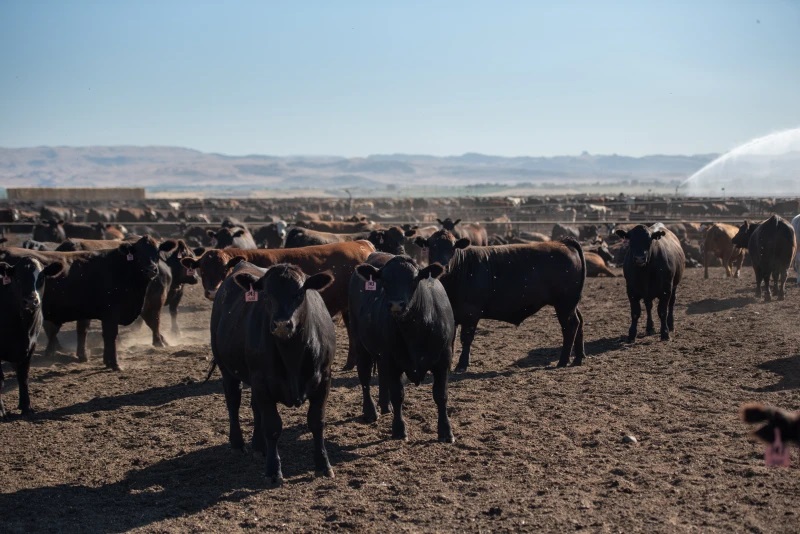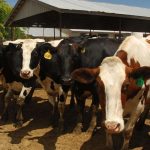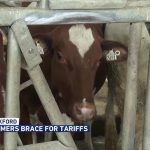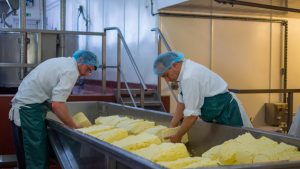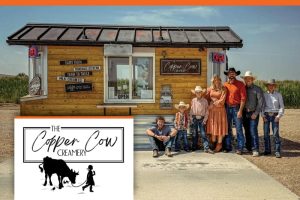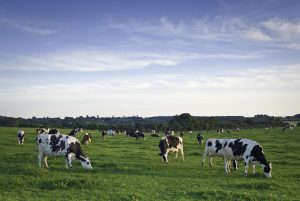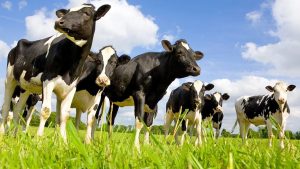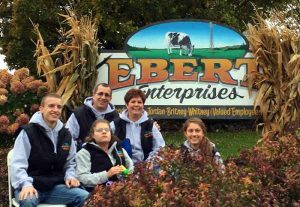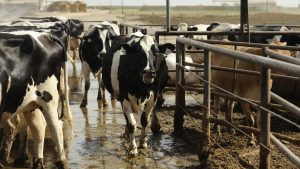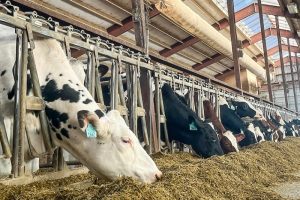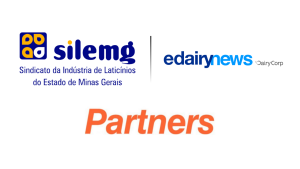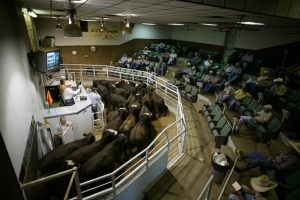
With native cattle numbers still under pressure, beef-on-dairy crossbreds are providing the industry with a critical supply of cattle.
The U.S. beef cattle herd is the smallest it has been in 64 years, and there’s little indication that rebuilding will happen anytime soon. Persistent drought and strong cattle prices have discouraged beef producers from retaining heifers, further tightening supply. As a result, the beef industry has increasingly turned to dairy farmers to produce beef-on-dairy crossbreds to help meet growing demand.
Beef-on-Dairy’s Growing Role in the Industry
During the 2024 MILK Business Conference, Dale Woerner of Texas Tech University highlighted the impact beef-on-dairy has had on the industry.
“Ultimately, these crossbred animals have improved the conventional straight Holstein steer so much, and they’ve offered more volume and a really high-quality product into the beef industry,” he said. “With low native cattle numbers, the industry has to have these cattle. Not only do they have to have them, but they have to have them grade prime or choice.”
Woerner believes that beef-on-dairy crossbreds have added immense value to the beef supply chain and should be seen as a long-term solution. “Beef-on-dairy crossbreds have added enough value to the beef supply chain that we should never change what we’re doing. We should continue creating these crossbred cattle for the future.”
A Reliable and Consistent Supply of Cattle
“While we can’t promise that we’ll always see $800-$900 for a beef-on-dairy calf as we do today, I don’t think we’ll ever return to the low value of purebred Holstein steers from the past,” Woerner added.
Feedlots have become especially reliant on these crossbreds. “Feedlots need these animals – they’re a top commodity,” Woerner noted. “Over the years, many feedlots have gained experience in feeding beef-on-dairy cattle, optimizing their efficiency and performance. From a feedlot perspective, these cattle are in higher demand than ever before.”
The Value of Traceability
Looking ahead, Woerner thinks it’ll take at least three to five years to rebuild the beef herd, depending on weather and market conditions. But even with that, beef-on-dairy crossbred calves are still going to be a valuable part of the industry. One big advantage he sees with these animals is the traceability they offer, which adds extra value and transparency throughout the supply chain.
“Even when native cattle numbers rebound, the traceability system in place with beef-on-dairy crossbreds will continue to offer a level of accountability that sets these animals apart in the marketplace,” he added. “I wouldn’t be surprised if feedlots and packers start offering a premium for that kind of information.”
Challenges Ahead
While the native beef herd has reached record lows and prices have skyrocketed in recent months, beef-on-dairy crossbred cattle have stepped in to help fill the gap. Woerner noted that these crossbreds have provided much-needed consistency and quality during a time of uncertainty. And although the beef herd is expected to gradually rebuild over the next few years, it’s clear that the beef industry will continue to rely on these crossbred animals to meet demand and keep the pipeline full.
Even though the beef herd is expected to rebuild in the coming years, analysts warn that it won’t happen overnight. Arlan Suderman, chief commodities economist at StoneX, pointed out that the industry hasn’t even started rebuilding the breeding herd yet. “The next takeaway is that we have not started rebuilding the breeding herd. As such, perhaps we have a little higher numbers over the next half year or so, but then things get tighter, and more significantly tighter once we actually do start holding back heifers,” Suderman explained.
A Long-Term Solution
With native cattle numbers still under pressure, beef-on-dairy crossbreds are providing the industry with a critical supply of cattle. Their value—through efficiency, consistency, and traceability—ensures they’ll remain an essential piece of the beef supply chain, even as the market continues to evolve.
You can now read the most important #news on #eDairyNews #Whatsapp channels!!!
🇺🇸 eDairy News INGLÊS: https://whatsapp.com/channel/0029VaKsjzGDTkJyIN6hcP1K
